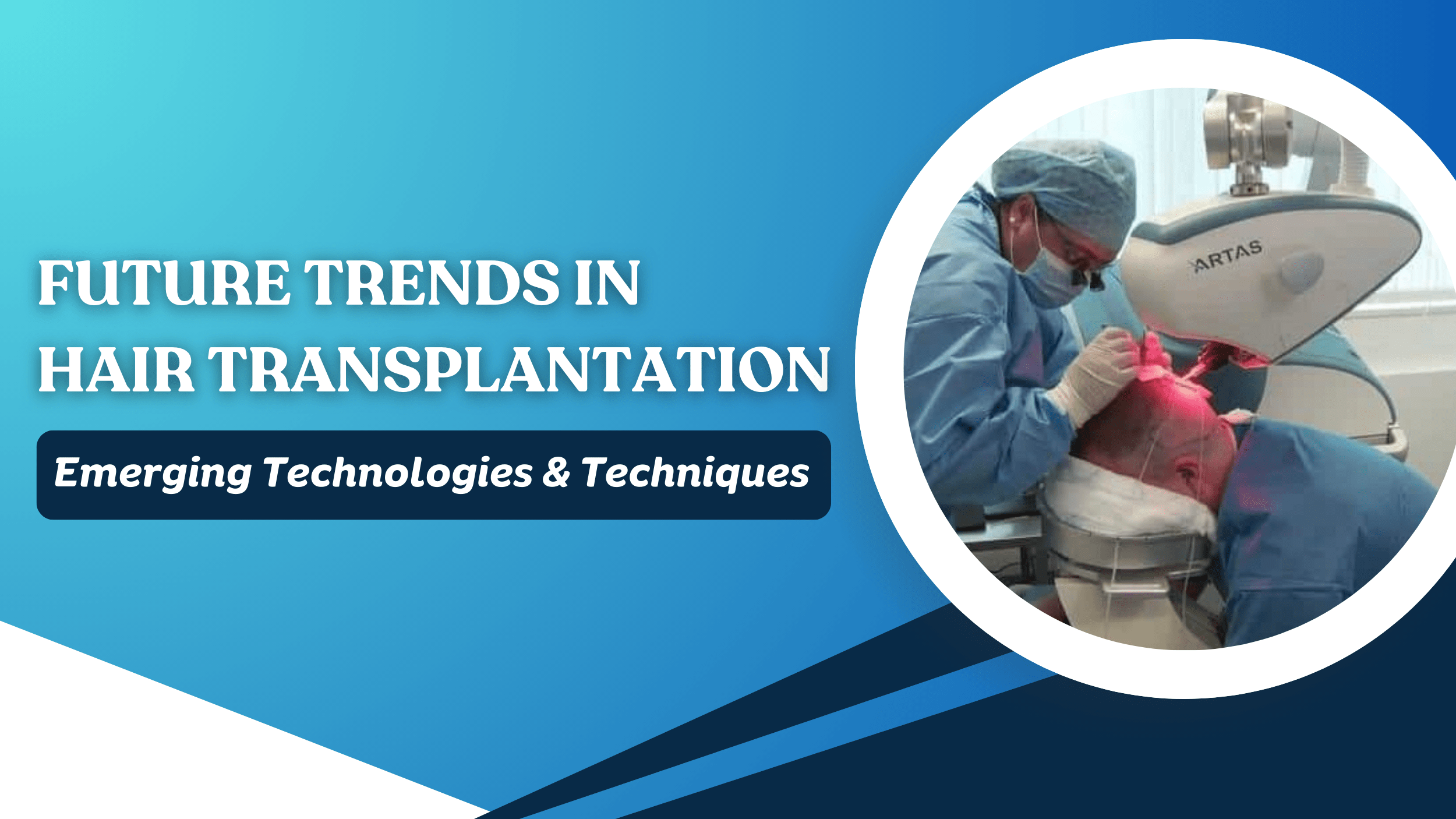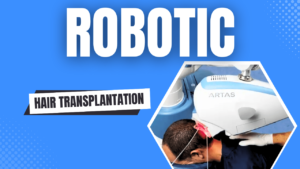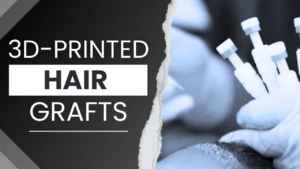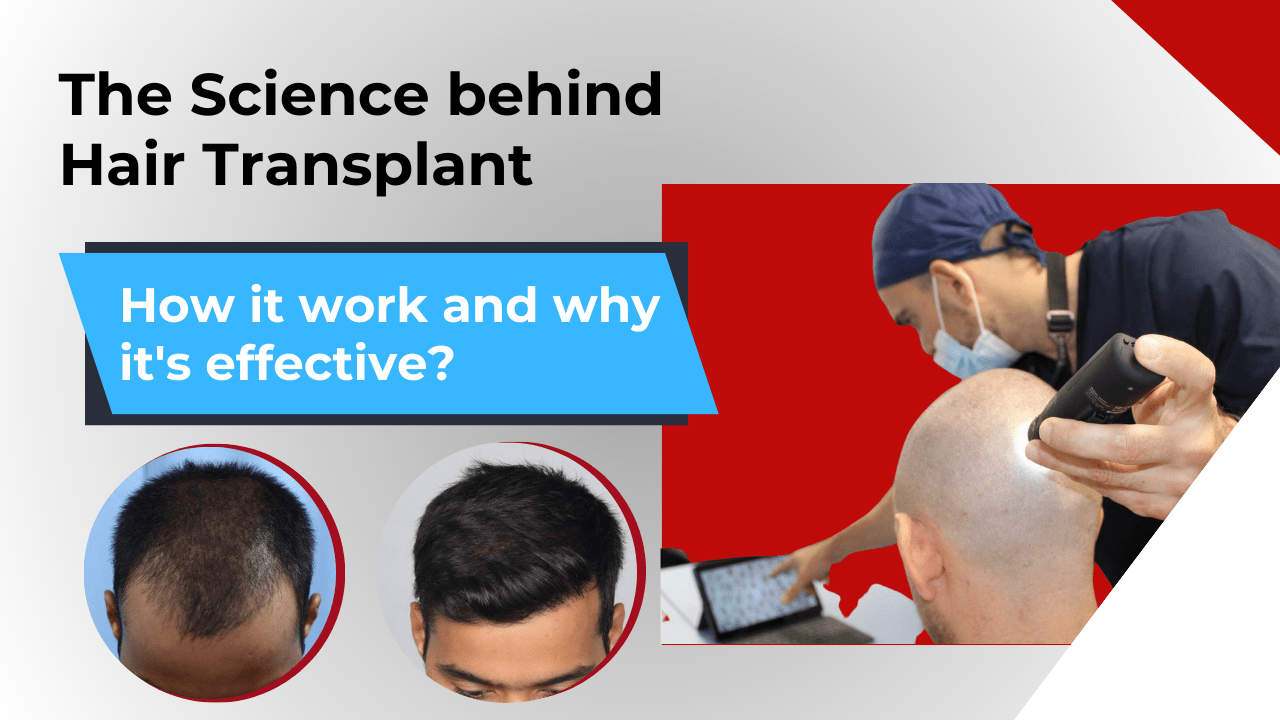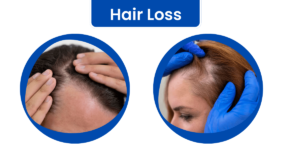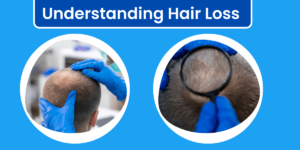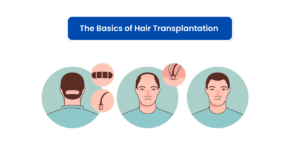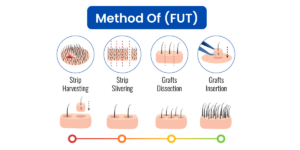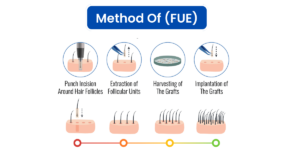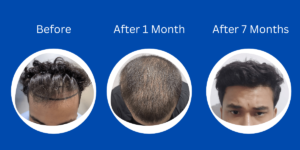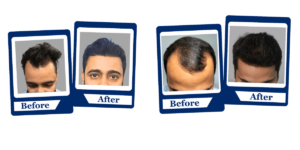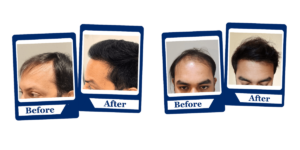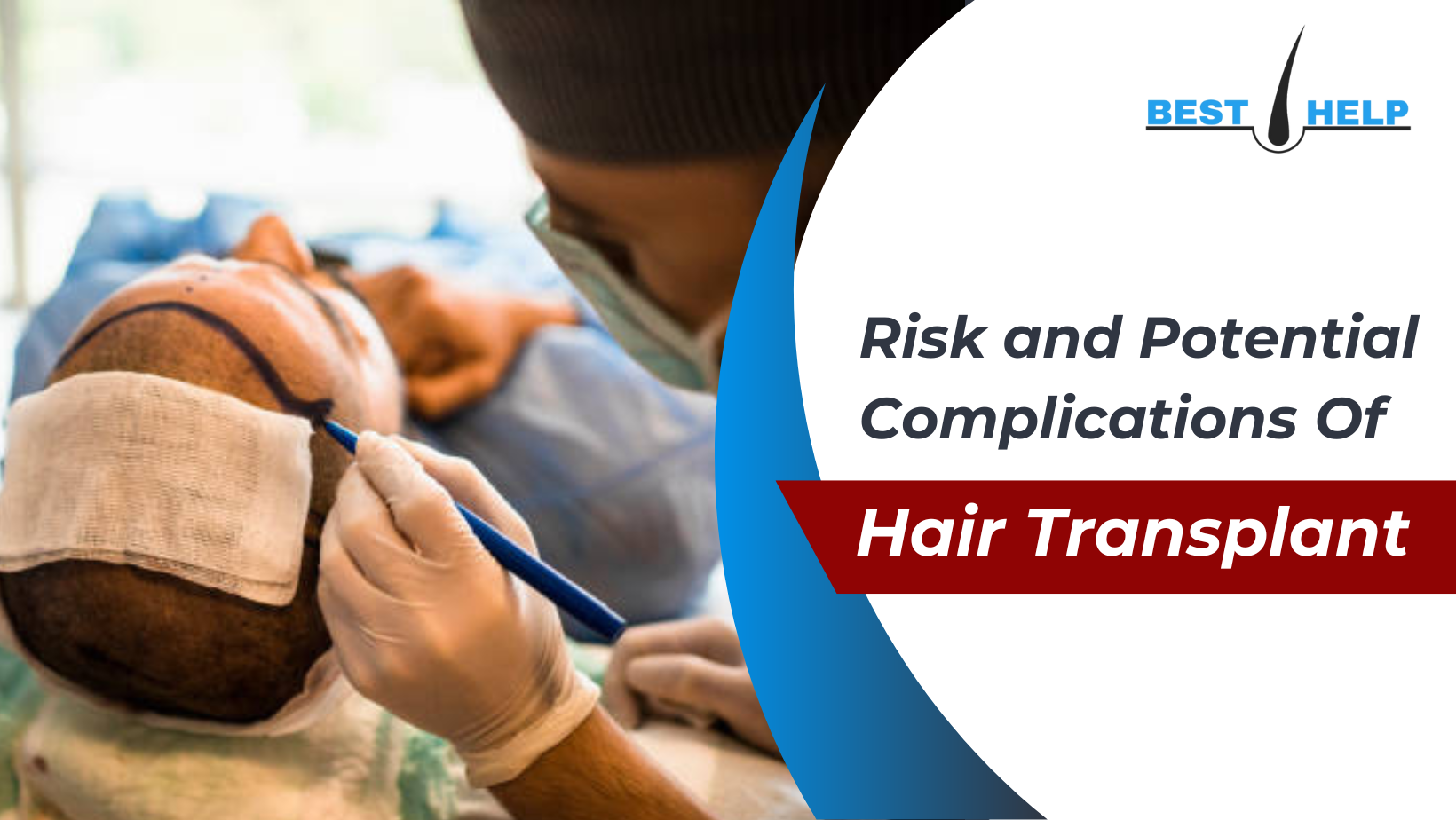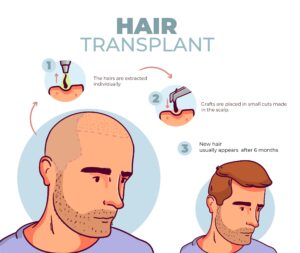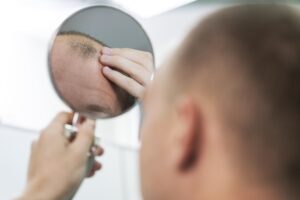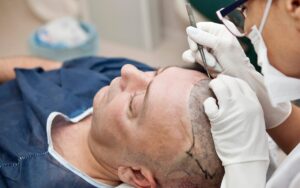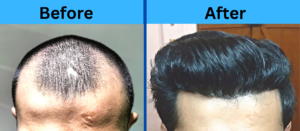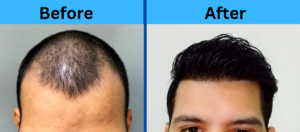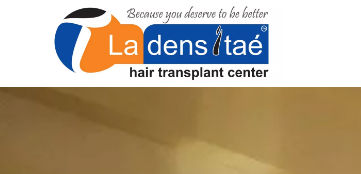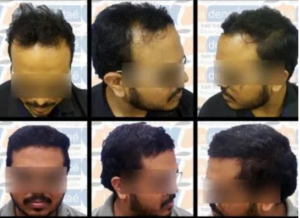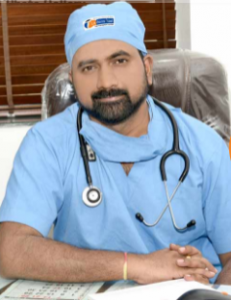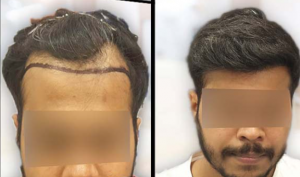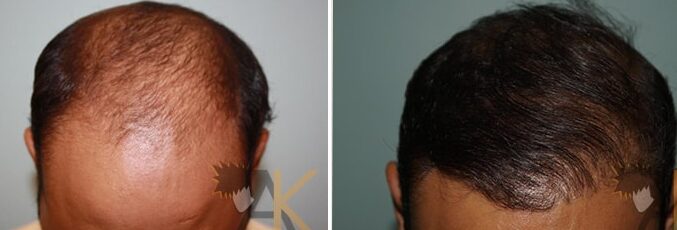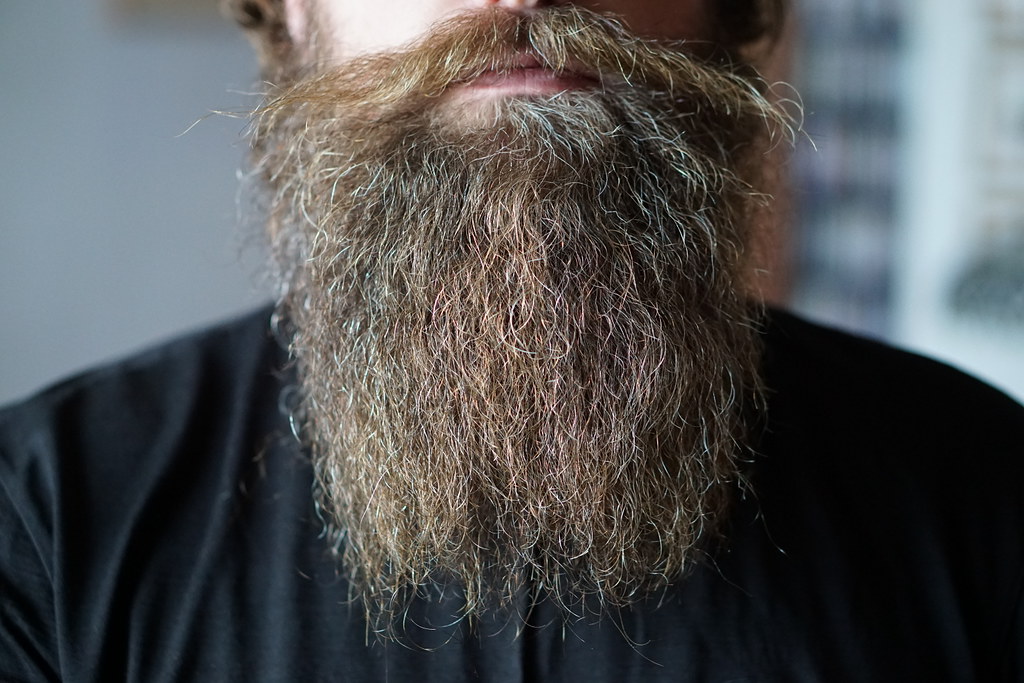Beard Hair versus Head Hair: The Two Variation.
70%* of male population loves to keep a decent beard plugged to their jaw line.
These beard lovers invest good time and money in keeping their facial hair well-aligned and patternable.
The men try tons of products to keep their beard shiny and strong.
BUT, have you ever wondered why there are products made especially for Facial Hair like Beard Balm, Beard Shampoo, Beard Oil, etc.
Is There a Difference Between Head Hair and Beard Hair?

Well, let’s find out.
Our Head or scalp is more oily than our Facial Skin. Products used for head hair helps in removing the excess oil from the scalp, But will dry out the facial skin leaving it harsh. For this reason special products are prepared for facial hair or beard.
So, YES, facial hair are different from head hair!
Let’s talk about the key differences between facial hair and head hair.
-
Facial Hair Are Androgenic.
Quite different to our head hair, Beard hair are terminal hair that develops on the human body during and post puberty.
The growth of androgenic hair depends on the level of Androgen (male hormones) and the density of androgen receptors in the dermal papillae.
-
Facial Hair Are Coarse – Head Hair Are Not
Beard hair are Coarse; They have thicker circumference than other hair types. Beard hair are much finer and lighter in color than head hair.
Studies have revealed that Beard hair are likely to be harmed and may break down easily in comparison to head hair.
-
Beard Hair Are Sensitive.
Facial Hair also known as Androgenic hair provides tactile sensory input by shifting hair moment and vibration through the shaft to sensory nerves within the skin. Our beard can sense air movement and hair displacement from contact by insects or objects.
-
Beard Hair Are Bio-metric; They Reflect Physical Characteristics
People from different ethnicity are known by their androgenic hair.
For Example, Curly facial hair on Black African Men, Long straight Bread of early Egypt residents.
So, unlike the head hair, facial hair gives us a sense of identity.
-
Difference In Texture And Color:
Male have facial hair due to the presence of testosterone in their body. Testosterone causes these hair to grow thicker and darker.
Beard hair can grow red in color but isn’t to be seen elsewhere in our body.
In our middle Age, A men’s Beard may grow completely grey even after being able to retain full head of dark hair.
In the Nutshell, Facial hair is way different than scalp hair and needs a different format of care.
Facial hair is usually more thicker, and have added wiry texture than that on the head. The skin under the both hair is also very different.
While Scalp hair may be straight and light ended, Beard hairs tends to grow thicker and curly.
One should Use milder cleanser and more conditioning products(beard oil or balm) to soften your beard.

SO, That’s it for today. We hope you enjoyed learning the difference between your facial hair and the hair on your scalp.
Want to explore more interesting topic on hair anatomy? Subscribe to our new letter and receive all updates we post regularly.
At Last, We wish your heartfelt thank you for your umpteen support for us.













